Sarasota History With Jeff LaHurd: Roots and evolution of a historic high school building
One of the most positive byproducts of Sarasota’s Roaring ’20s growth spurt was the schools that sprouted up throughout the county to accommodate the influx of new families.
Interestingly, and for whatever reason (Sarasota’s history of preservation is certainly not one of them), after nearly one hundred years and counting a few of these iconic buildings remain standing: The twin schools of South Side and Bay Haven, placed where they are at the suggestion of prominent city planner John Nolen, still serve their original purpose, while Sarasota High School has been saved from the wrecking ball and repurposed.
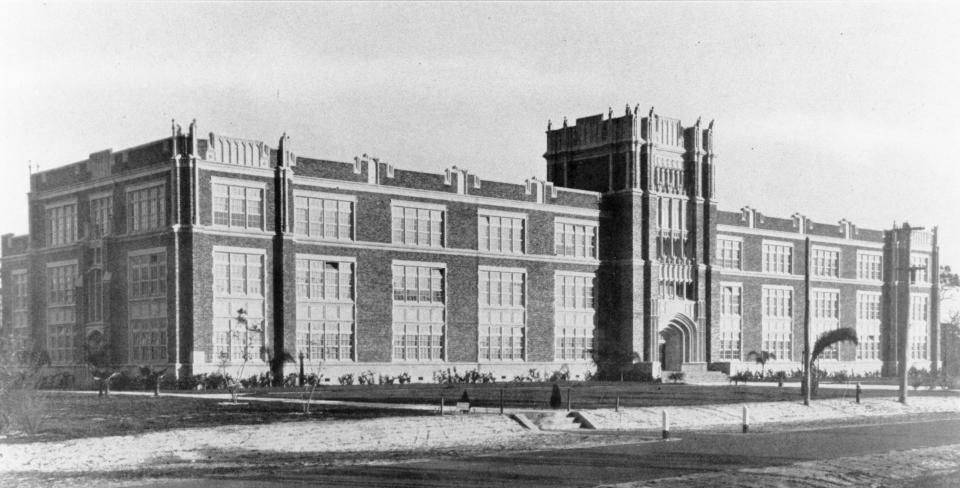
Looking as formidable and eye-catchingly beautiful as ever, Sarasota’s hallmark school has been transformed by a visionary group led by Dr. Larry Thompson, President of the Ringling College of Art + Design into Sarasota Art Museum, devoted to contemporary art.
Compulsory school attendance was not enacted in Florida until 1919. Locally, the Sarasota Woman’s Club, and Rose Wilson, editor of The Sarasota Times, had lobbied mightily for the new law. Rose wrote that the legislation “will be the first step forward to remove the bane of illiteracy which has been so high in Florida.”
Thereafter the opportunity for children to receive a proper education blossomed, especially through the frenetic 1920s.
The formidable looking Gothic styled high school replaced its predecessor, a much smaller red brick building constructed in 1913 for a cost of $23,000. Located on Main Street, east of Orange Avenue. The school soon proved to be inadequate, possibly because of the increase of students due to compulsory attendance. To alleviate the crowding, the original wooden schoolhouse was pressed back into service and utilized for first through third grade.
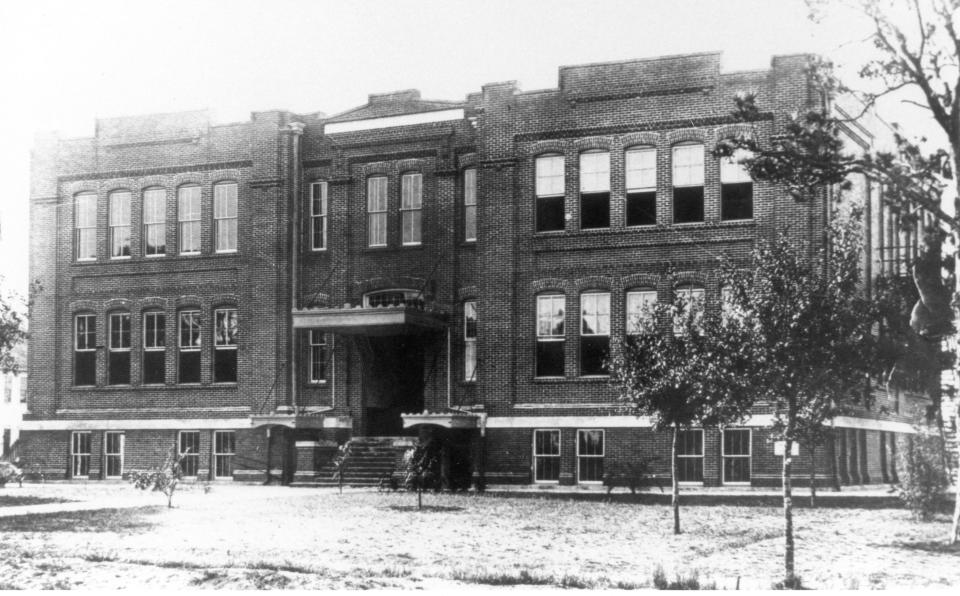
Teachers were hard to keep as the wage was set at a paltry $50 to $55 per month.
(When the original high school was demolished in the 1950s, some of its bricks were used as pathways at Sarasota Jungle Gardens.)
More Sarasota History
‘Roosevelt’s Tree Army’ built Myakka River State Park
Golden Gate Point's transformation through time
The progressive element wanting Sarasota to grow and prosper seemed to be unanimous that one of the chief factors in that regard was a good school system. In describing the new facility, the Herald noted, “It is a recognized fact that the schools of a community are a most important factor in its growth and development ... the present growth of the city would be greatly handicapped by an inadequate system.”
On the lead-up to accepting its first students in 1927, the progress of the school, and the men responsible for its construction, and curriculum were often enthusiastically reported in the local newspapers. On October 3, 1926, a pen and ink drawing of the new school indicated that “The entire plant will cost $2,000,000.” It was said to be the finest in the South.
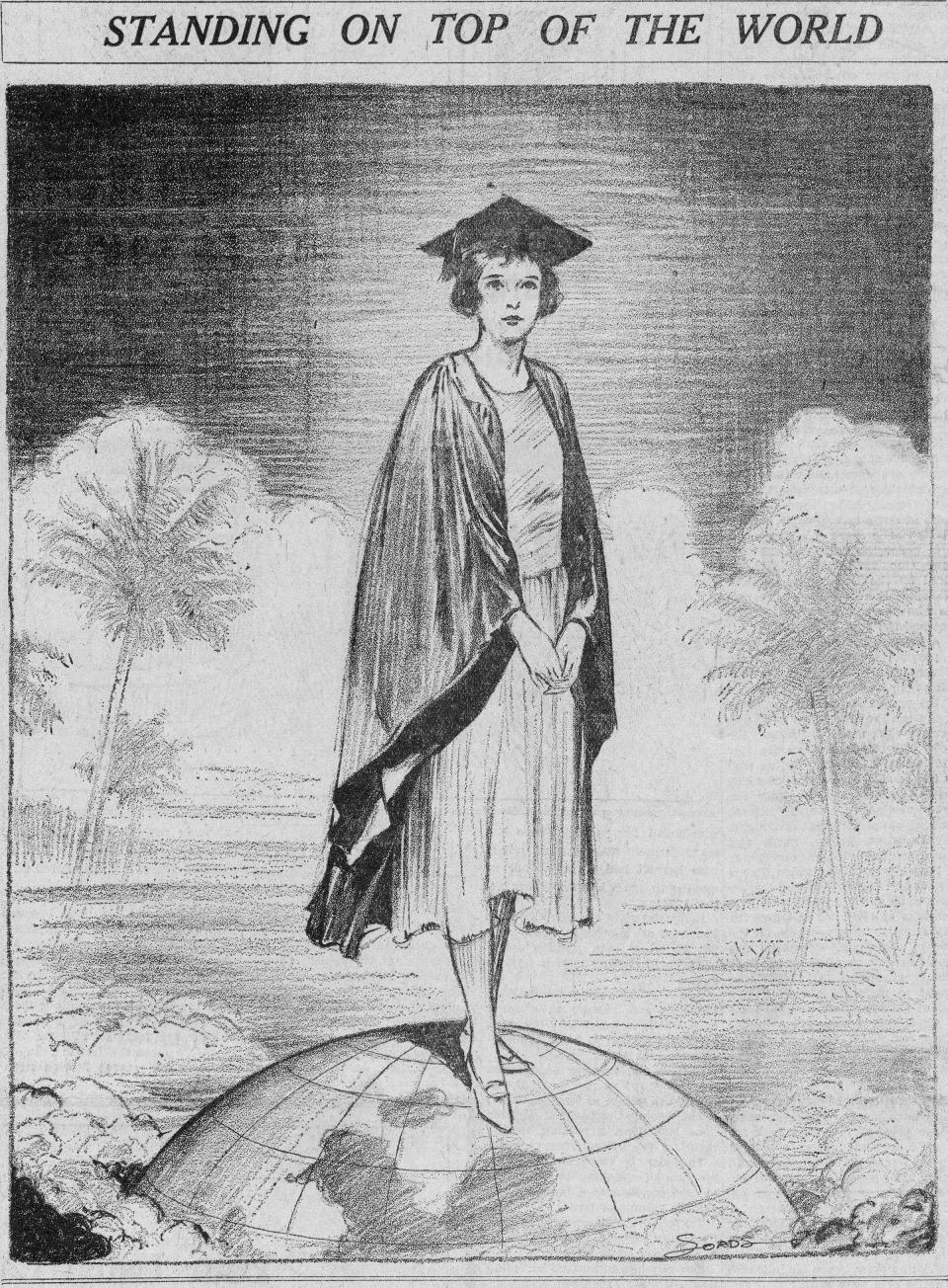
Well known architect M. Leo Elliott (April 4, 1886-August 1967) was given the commission. He also drew the plans for South Side and Bay Haven. He was responsible for some major buildings in Tampa and Temple Terrace. In a comprehensive article in Creative Loafing, he was said to be the greatest architect in Tampa’s history.
The Sarasota Herald singled out two local men of many for special credit for what was described as the “Most modern and up-to-date- school in the entire South.”
For the structure, A.L. Joiner, a member of the three-person Board of Education was given high praise: “The new SHS is a real tribute to Mr. Joiner’s foresight and to the many hours that he worked in an effort to secure such a splendid building.”
The driving force for the scholastic component was credited to Principal J.C. Peel, “a comparatively young man (he was 30) but old in years in experience as an educator.” He served directly under T.W. Yarborough, superintendent of public instruction for the county of Sarasota for 33 years.
The simplicity of a curriculum based on the 3Rs had been enhanced in high school, and included a formidable, head-scratching array of science, literature, math, geography and philosophy that might challenge a college graduate today.
A few examples: Tenth grade classes: Composition and rhetoric, classics, high school algebra, Walker’s Caesar and physical geography. Eleventh grade: History of English literature classics, plain geometry, Allen & Greenough’s Six Oration Cicero, high school physics, civic government of the United States, and Fraser & Squair’s French Grammar. Twelfth grade: More of the same plus two months of civil government of Florida, chemistry, and trigonometry.
Added to the list of classes at the new SHS were French, training for modern business practices and, “welcomed by many girls,” another year of home economics.
Dubbed a “snappy” but creditable publication, the young journalists produced the bi-weekly Sara-So-Tan as the official voice for the Sarasota Sailors, “For a greater school and town and county.”
Sara Lindsay, the society editor of the Herald, offered that the new school was built “[With] the aim of sending forth from its portrayals young people well equipped to meet the problems of life – with training to enable them to cope with the problem of making a living in such a way that their standard of living would always be upward.”
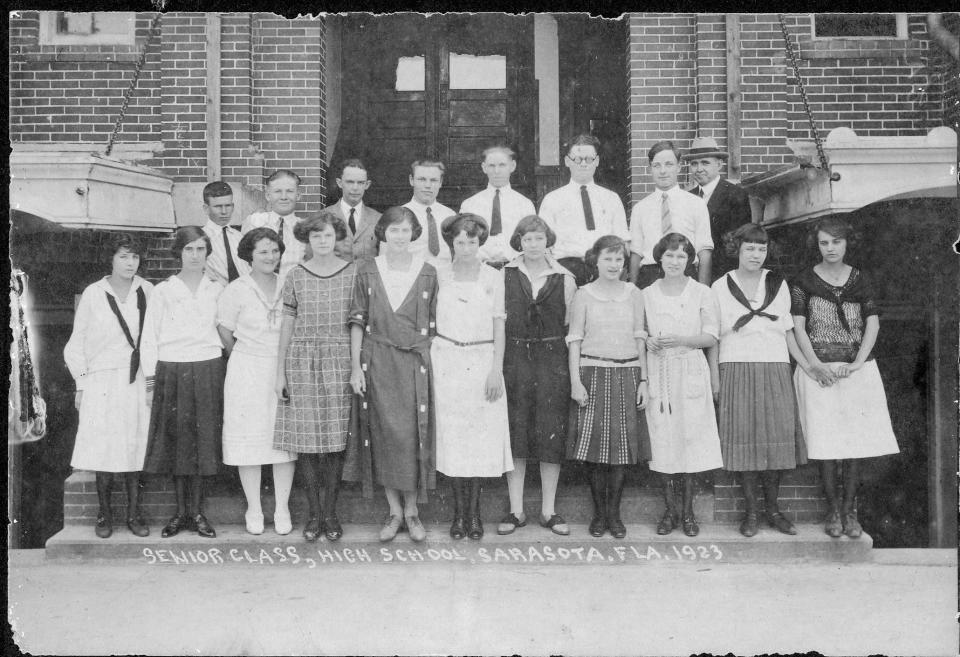
The Student Body Creed was written by an unnamed student. To paraphrase the six points: the student agreed to willing accept every responsibility, to do their very best at all times, to be fair and square, recognizing that cheating is the greatest crime of all, obey all rules willingly, to do everything possible to advance the standing and reputation of the school.
Sailor was chosen as a moniker for Sarasota High School students out of respect for the community’s Naval Militia. These young men had been fully trained and prepared for combat as World War I raged in Europe. They were ready to go when America was forced into the war.
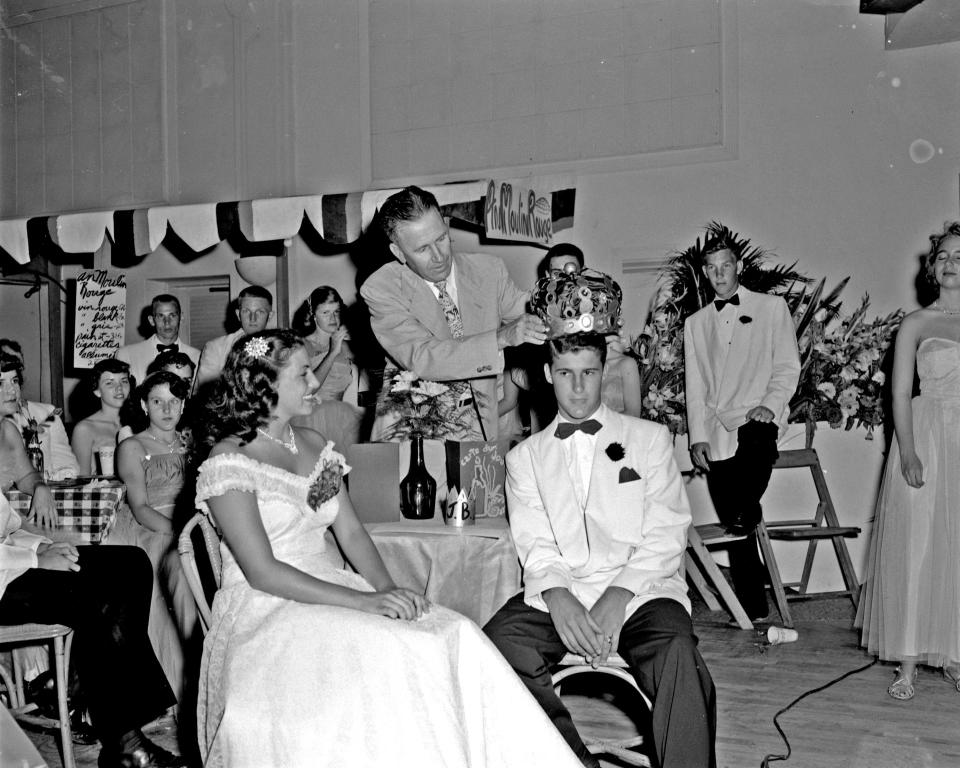
None of the sailors were killed in battle. They returned home met by proud citizens who watched them parade along Main St. toward the flagpole at Five Points. “Welcome Buddies” was painted on the street. (This is the reason “Welcome Buddies” is written on the roundabout at Five Points.)
According to former Sarasota County Historian, Ann Shank, the school colors of orange and black stem from the early 1920s when the Bank of Sarasota issued all the students black and gold caps. Thereafter the gold and black, morphed to the orange and black. Shank noted that the Sara-So-Tan referred to both color combinations.
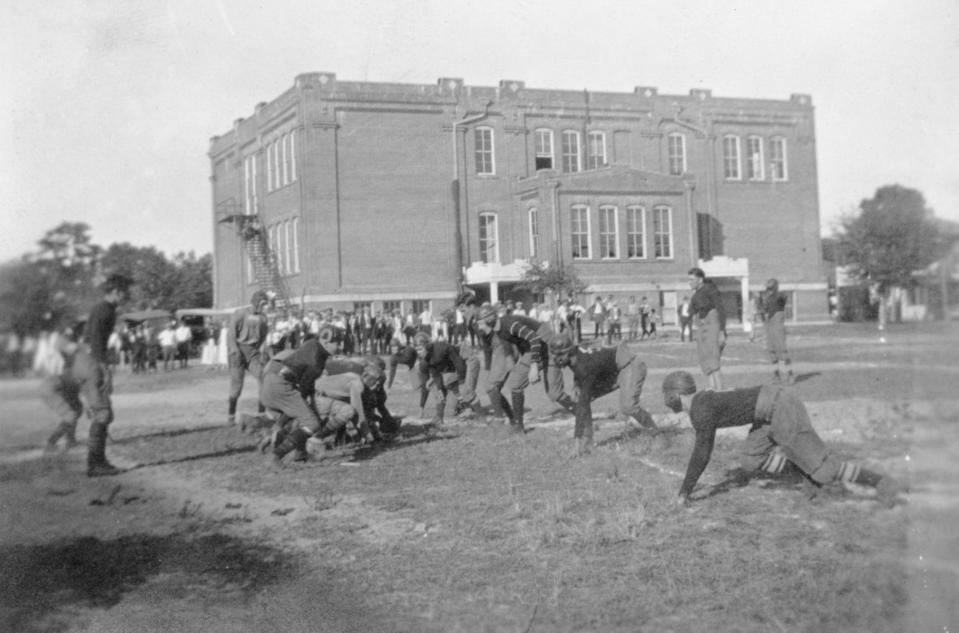
Practically all the teachers of the combined junior and senior high school were said to be university graduates. The Herald reported “only natural teachers carefully selected leading to accreditation to the list of the Southern Association.”
Adopting modern teaching techniques, standard intelligence tests were given. The results were put on cards which were “a great help in enabling the faculty to best appreciate the strong and weak points of various students.” The “intelligence cards” were kept in Professor Peel’s office for future reference.
The school adopted a plan of supervised study developed and successfully implemented by educators in Michigan that was lauded as “the newest and best of educational methods.”
On Oct. 27, 1928, a year after the new building opened, the Herald reported, Sarasota High School had a “high rating,” while the city’s grammar schools were “up to standard.”
During the post-World War II boom, school board member, Philip Hiss, dubbed “the man who made Sarasota modern,” backed the construction of a wave of modernist schools. In 1959, Paul Rudolph, who would become recognized worldwide for his designs, was commissioned to add what became known as the Rudolph addition to the high school.

Walking between the Rudolph addition to the original SHS to change class bridged yesterday’s Sarasota to today’s modern version.
Beautifully restored, that 1927 building stands as testament to preserving old landmark structures for re-use.
Jeff LaHurd was raised in Sarasota and is an award-winning historian.
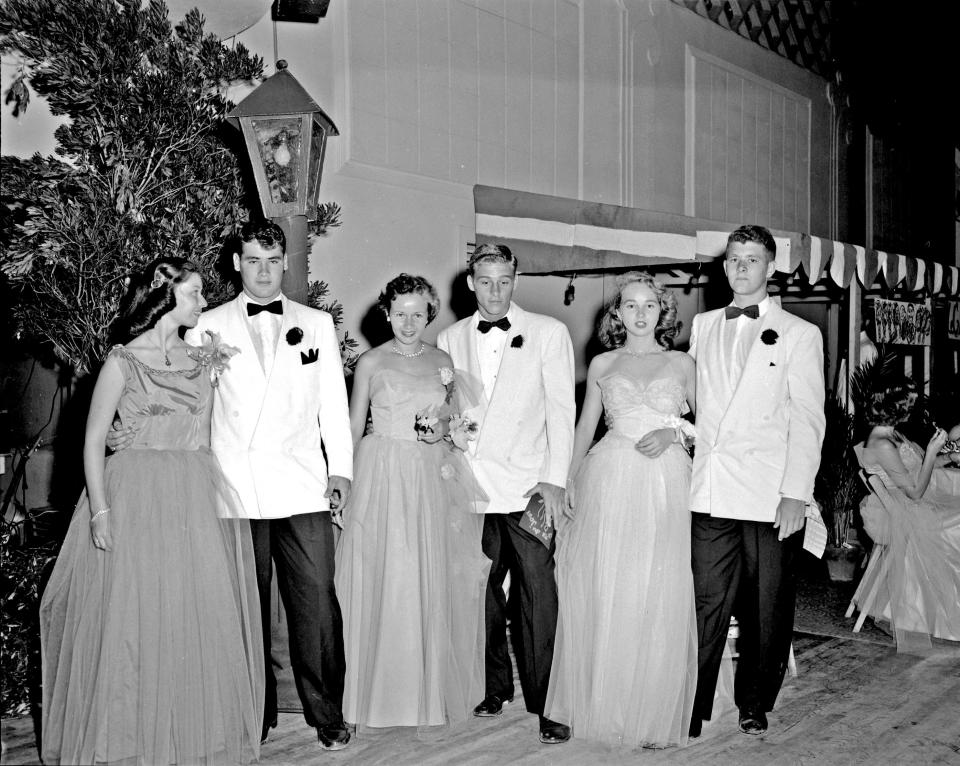
This article originally appeared on Sarasota Herald-Tribune: Jeff LaHurd: The founding and evolution of Sarasota High School

